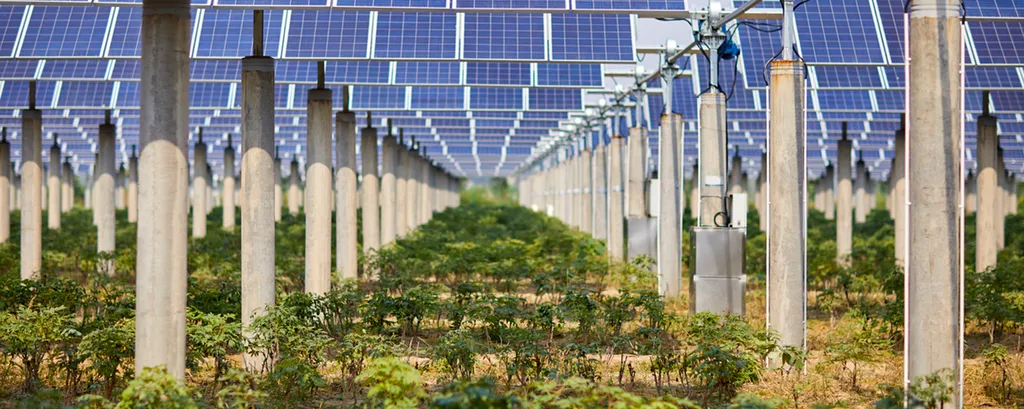Sustainable farming technology is advancing rapidly, and a recent announcement from Swiss scientists could mark a significant milestone in this progress. Insolight, a Swiss company specializing in agrivoltaics, has unveiled plans to develop a cutting-edge agrivoltaic facility in Leuggern, Northern Switzerland. The project, scheduled to begin construction in the summer of 2025, aims to install 1,300 solar modules across 12,000 square meters of farmland. Each module is designed to produce 600 watts of power, potentially generating enough renewable electricity to supply nearly 200 local homes.
Agrivoltaics, defined by Insolight as “the integration of solar energy with agricultural production,” is at the heart of this innovative project. What sets it apart is the company’s proprietary “insolagrin” technology, which not only protects crops from extreme weather and regulates light exposure but also harnesses surplus light to produce energy. Researchers at Insolight suggest that this technology will be adaptable for various fruits, including blueberries, cherries, and strawberries.
The implications of this project extend beyond its immediate scientific and technological merits. If successful, it could pave the way for a more sustainable future in both agriculture and renewable energy. The dual use of land for farming and solar energy production offers a practical solution for small farmers seeking additional income while conserving resources. Moreover, agrivoltaics can contribute to broader environmental goals, such as reducing pollution and improving human health and wellness.
This Swiss initiative, while groundbreaking, is not entirely without precedent. Researchers at the University of Córdoba in Spain and scientists in Australia have also explored the synergies between agriculture and energy production, uncovering unique connections such as those between sheep wool production and solar farming. Although the infrastructure for such innovative projects is still limited, understanding their potential benefits could significantly enhance clean energy production and address concerns about land use.
The project’s success could inspire similar initiatives worldwide, demonstrating the feasibility and advantages of integrating solar energy production with agricultural practices. As the world grapples with the challenges of climate change and sustainable development, such innovations offer a glimpse into a future where technology and nature coexist harmoniously.

